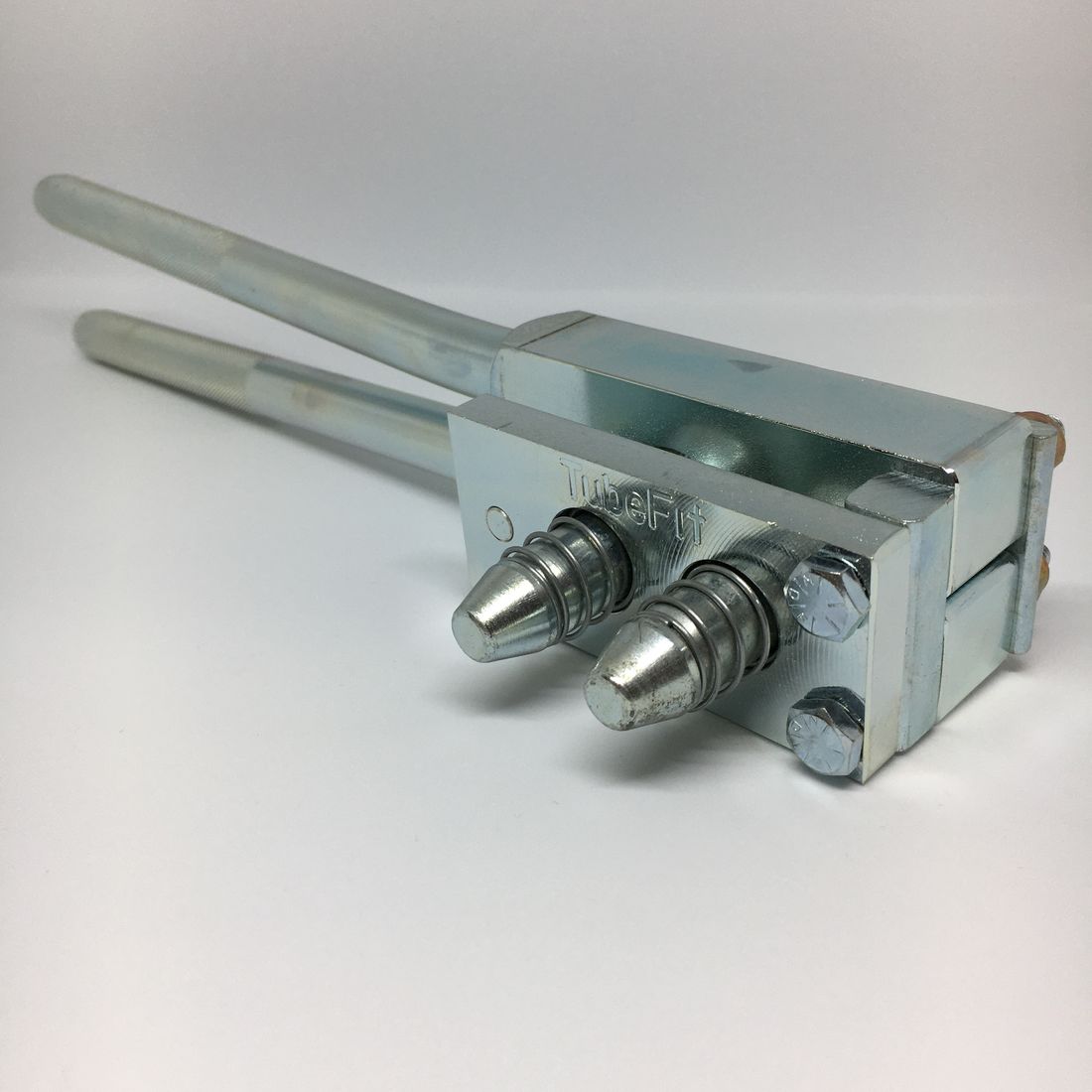High-Quality Flaring Tools for Precision Pipe WorkAt Long Engineering, we understand the importance of precision in plumbing, refrigeration, and hydraulic applications. Our pipe Flaring tools are designed to provide a perfect flare every time, ensuring reliable, leak-free connections. Whether you're a professional tradesperson or a DIY enthusiast, our tools make it easy to achieve professional results. | Why Choose Our Pipe Flaring ToolUsing the right Flaring tool is crucial for maintaining the integrity of your pipes. Our pipe Flaring tool offers:
|
Flaring Tool – What Is It Used For? When dealing with chemicals, pipes can often become prone to corrosion and rotting. For eg: in the automotive industry, bad lines are often caused when using products such as coolants, brake fluid and various other corrosive liquids. A flare tool will enable you to make the appropriate bends to achieve a seamless connection between two adjoining components without the need for costly repairs. Depending on what you need it for, a pipe-flaring tool can also be manufactured in different sizes to suit a specific task such as creating larger openings, implementing centering yokes or adding other complementary components such as flaring adaptors for more complex tasks. Aluminium, steel and brass tubes are also compatible materials that can be used for flaring.
|
 | Pipe Flaring - How Many Flaring Tools Are There?Typically, the kind of flare tool used depends on what you need it for. The four most common types include: manual, hydraulic, single flare and double flare varieties. Long Engineering has been providing specialised pipe flaring tools to various industries for over 35 years. Based in Sydney, we are proud to be recognised for our quality workmanship, precision 4-axis CNC turning and milling solutions. Our expert machinists can produce complex components with tight tolerances that are suited to your exact design specifications. Whether for a small or large production order, we can deliver metal or plastic machining tailored to meet your challenging business demands.
For more information on pipe flaring tool specifications, please call us on 0410-641-433 or email philip@longengineering.com with your enquiry and we’ll get back to you asap. |
Flaring Tools – Common Questions Answered
|